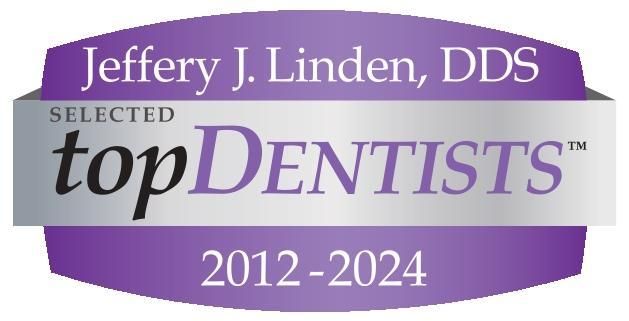What is a root canal?
The root canal procedure is the process of removing inflamed or infected pulp. The dentist then carefully cleans and shapes the canal system and then seals the prepared space. Most treatment is now performed in a single appointment ranging from 45-90 minutes.
Why would I need Endodontic treatment?
Endodontic treatment is necessary when the pulp becomes inflamed or infected. The most common reasons for inflammation or infection are deep cavities (caries), repeated dental procedures, cracks or chips. Trauma can also cause inflammation and often shows up as discoloration of the tooth. If pulp inflammation or infection is left untreated, it can cause pain or lead to an abscess.
What are the signs and symptoms of needing a root canal?
Indications for treatment include prolonged sensitivity to heat or cold, discoloration of the tooth, swelling or tenderness of the tooth or adjacent gums. Sometimes there are no symptoms.
Will the treatment be painful?
We will take every measure to ensure that your procedure is in no way uncomfortable. Total anesthesia is standard and obtainable with local anesthetics. Some teeth are difficult, but most teeth are completely anesthetized easily.
Will I feel pain after the procedure?
For the first few days after treatment, there may be some sensitivity to biting pressure, especially if there was pain or infection before the procedure. Sometimes over-the-counter anti-inflammatory medications (like Advil) are recommended for a day or two.
I’m worried about x-rays. Should I be?
No. While x-rays will be necessary during your endodontic treatment, we use an advanced non-film computerized system, called digital radiography, that produces radiation levels up to 90 percent lower than those of already low dose conventional dental x-ray machinery. These digital images can be optimized, archived, printed and sent to cotherapists via e-mail or CD-ROM. For more information contact Sirona Dental Systems, Inc.
What about infection?
Again, there’s no need for concern. We adhere to the most rigorous standards of infection control advocated by OSHA, the Centers for Disease Control and the American Dental Association. We utilize autoclave sterilization and barrier techniques to eliminate any risk of infection.
What new technologies are being used?
Operating Microscopes:
In addition to digital radiography, we utilize special operating microscopes. Magnification and fiber optic illumination are helpful in aiding the doctor to see tiny details inside your tooth. Also, a tiny video camera on the operating microscope can record images of your tooth to further document the doctor’s findings.
CBCT Scans:
CBCT systems are used by dental professionals to capture and reconstruct a 3D image that is much more detailed and effective than a standard X-ray – with a lower dose of radiation. In less than a minute, about 150-200 images are captured from a variety of angles. The data captured are used to reconstruct a 3D image of your teeth, mouth, jaw, and neck.



